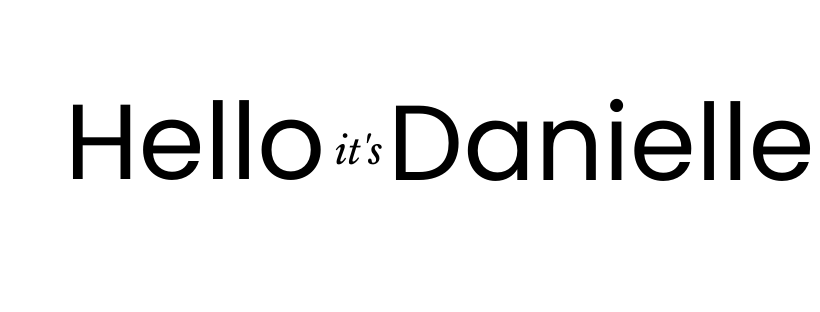The very first job I had that sparked my interest in marketing communications and led to the beginning of my advertising career was a job as a production assistant for a company that produced TV commercials for advertising agencies and their clients. (Big shout out to Bruce Dowad and Associates and the 1990 Canadian Tire commercials if you’re listening).
It was on that shoot that I first heard and learned the phrase “back to ones”. In the film world, it’s what the first assistant director shouts out to mean “We’re going to shoot that scene again. Everybody get back to your starting place.”
And I was reminded of the usefulness of that phrase today when working with a client.
We’ve been working together for about a month trying to get a new revenue stream for their business off the ground. The business idea is a great one, as is their company, their culture, their customers etc. and they’ve been in business for over 20 years.
So I was really having a hard time understanding what we were struggling with so much and getting so overwhelmed by while trying to get this new arm of their business launched.
I had been brought in to help with their branding and marketing plan - including their content plan, paid social media plan and building email funnels for prospects. Not technically hard stuff and they’re a digitally sophisticated client - so there was no steep learning curve there.
Which made it all the more head-scratching to me why so many of their senior brain trust meetings that I was attending were dissolving into paralyzing overwhelm (maybe I’m being a bit too dramatic here - but you get it - things were just not moving along) and we were suffering a little, I think, with “shiny new object syndrome”.
A big a-ha moment came today when I realized that maybe we were just over-complicating things and needed to get “back to ones”.
And I laughed to myself when I realized that “back to ones” for us looked exactly like what we teach in first-year marketing essentials and then, I think, maybe never think about again after we close the textbook and instead become experts at all those “shiny objects” like google tag manager, social media influencer outreach, cracking the code for the algorithm, developing hashtag strategies, learning design software that would make Michaelangelo weep . . .
What does ‘back to ones’ look like in marketing.
So we went ‘back to ones’ and mapped out the basics on the whiteboard and suddenly every challenge, roadblock, and most especially, decisions of what to do first, and then next, became crystal clear.
- Let’s finish the product and clearly define what it is and what it does.
- Let’s price the product. Do we need to test this with consumers first?
- Let’s distribute the product. Is it only available through our owned channels or do we need to develop a plan for engaging third-party sellers?
- Let’s promote the product.
- Who are we talking to?
- Why do they care?
- What is the most compelling thing we can say to them to get them to engage with us?
- What channels and tactics are we using to get that message out?
Of course, there are lots of other things to figure out within that: Functionality of the website, database management, tools for salespeople, launch event logistics, what the heck are our competitors doing, will Vancouver housing prices rise or fall, when will recreational cannabis be legal throughout the US, what just changed with the Instagram algorithm and can we lower our cost per click on Facebook if we have more live video . . . . the list goes on.
But after going ‘back to ones’ and mapping out the framework we had a place to parking lot all those conversations and knew when and in which order we would have them.
And that, as our friend Robert Frost said: “and that has made all the difference”.
We are now full steam ahead again. Unfettered and no longer surrounded by half-completed tasks, tactics and prototypes and having endless and unproductive conversations about where to start and what we need to tackle (and finish!) first.
I’m sharing in case there is any area or your work (or life!) that could benefit from a reminder to get ‘back to ones’.
